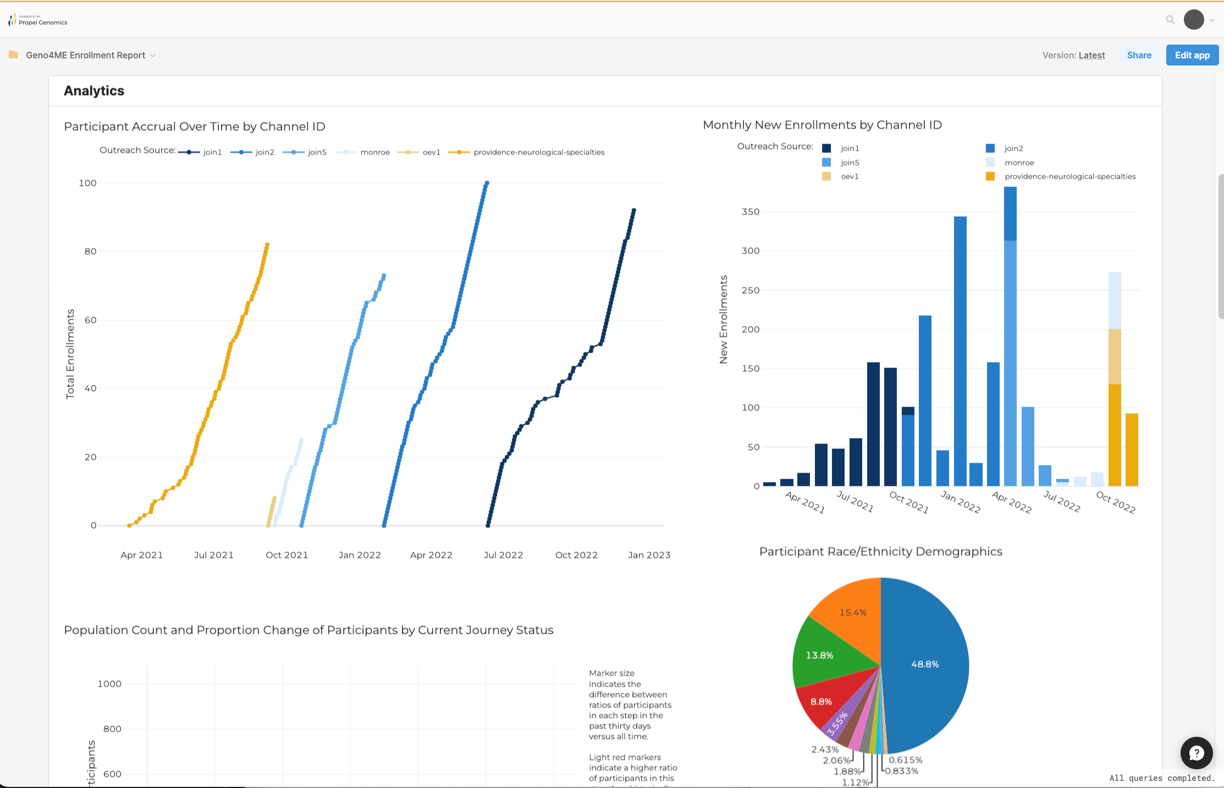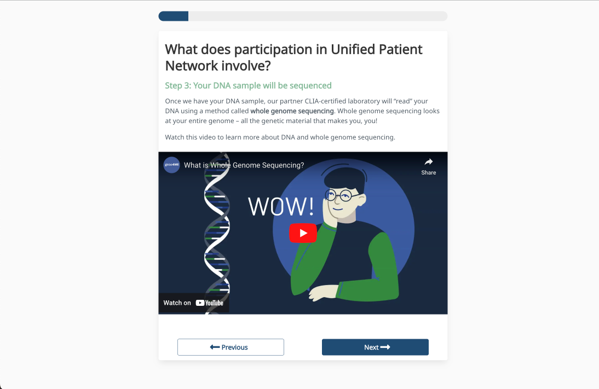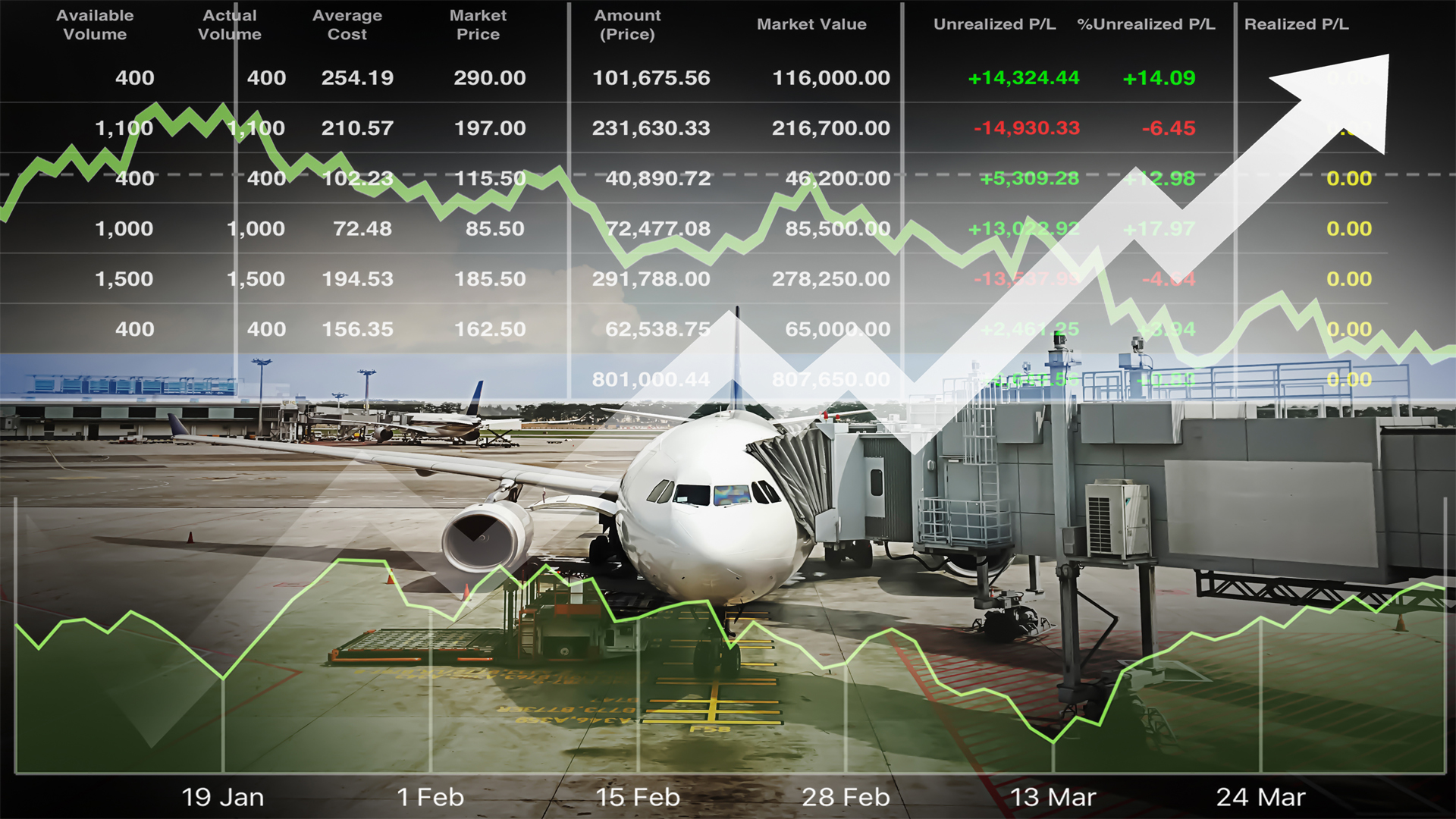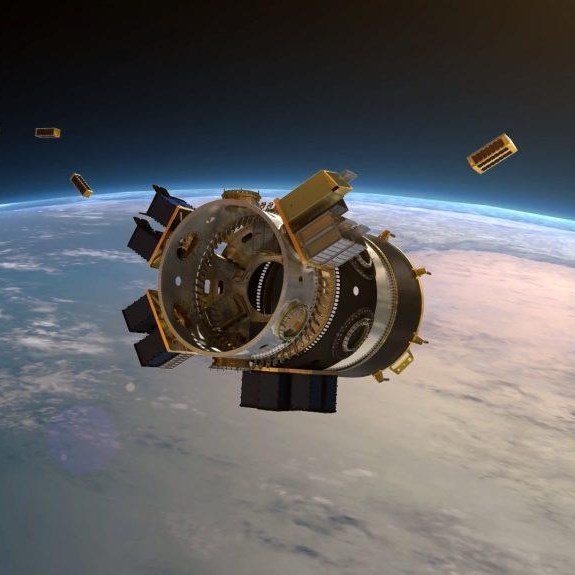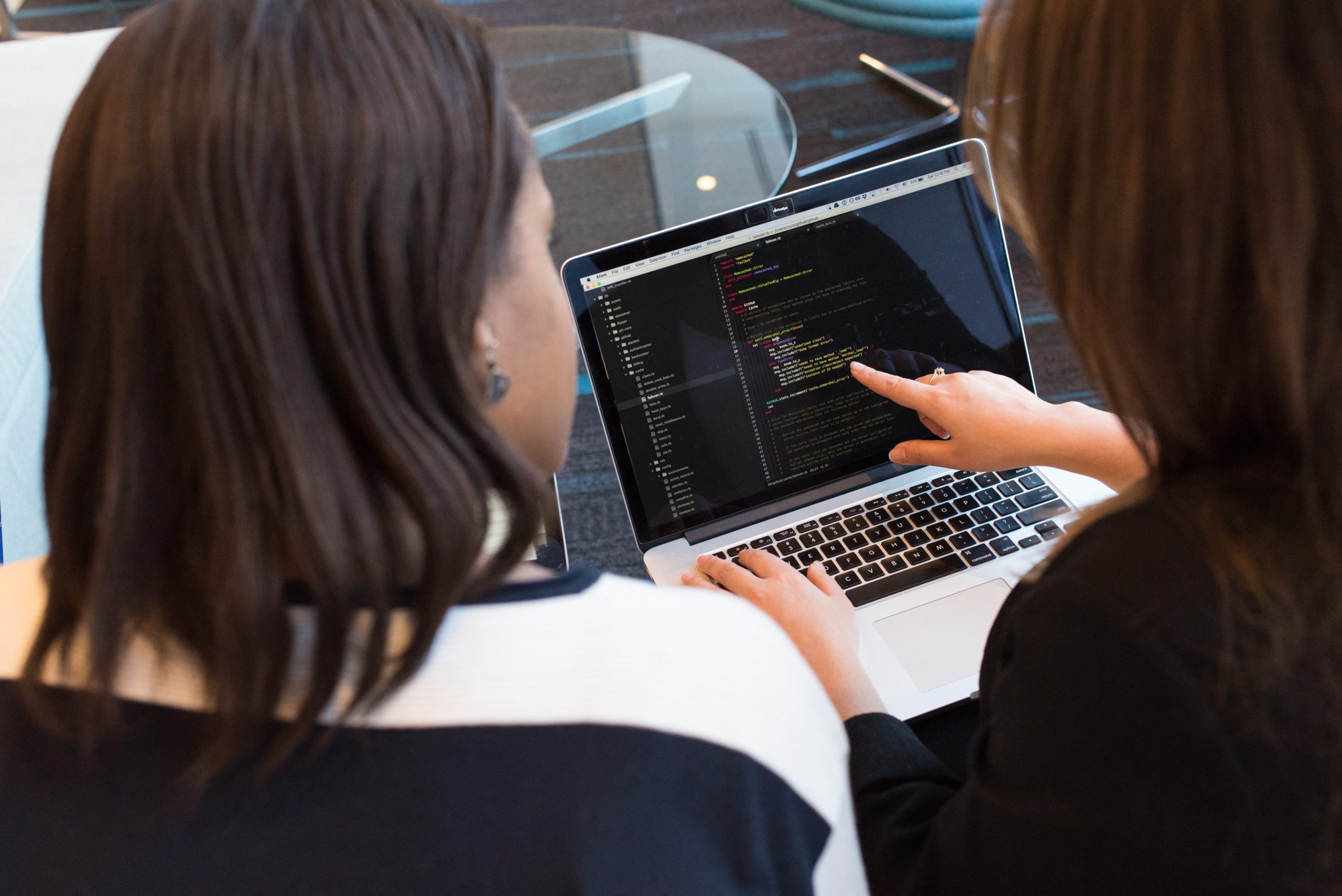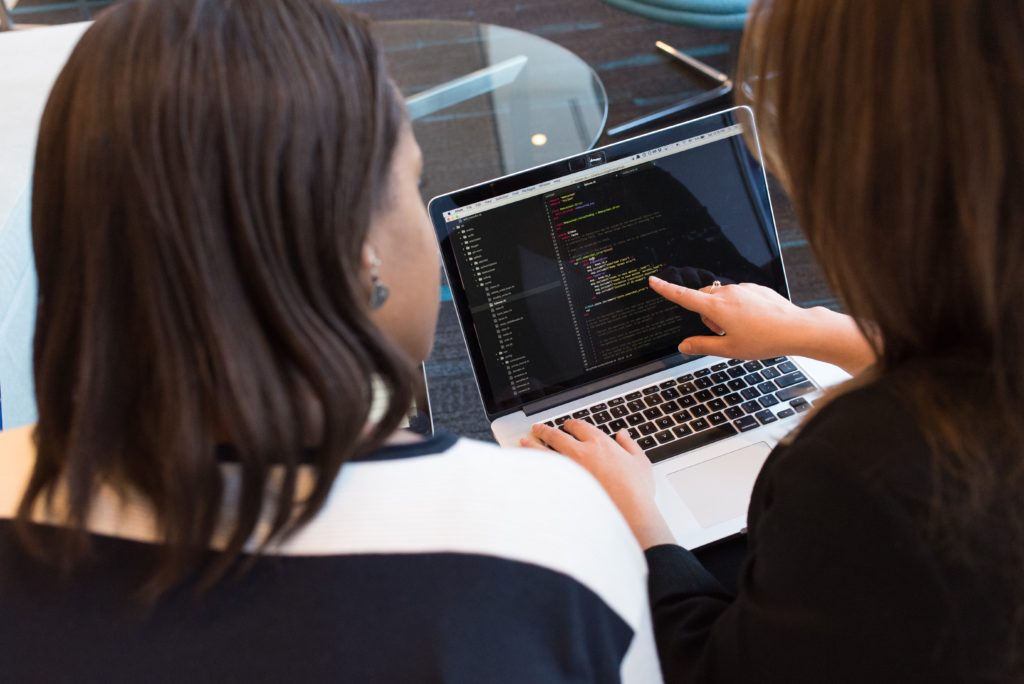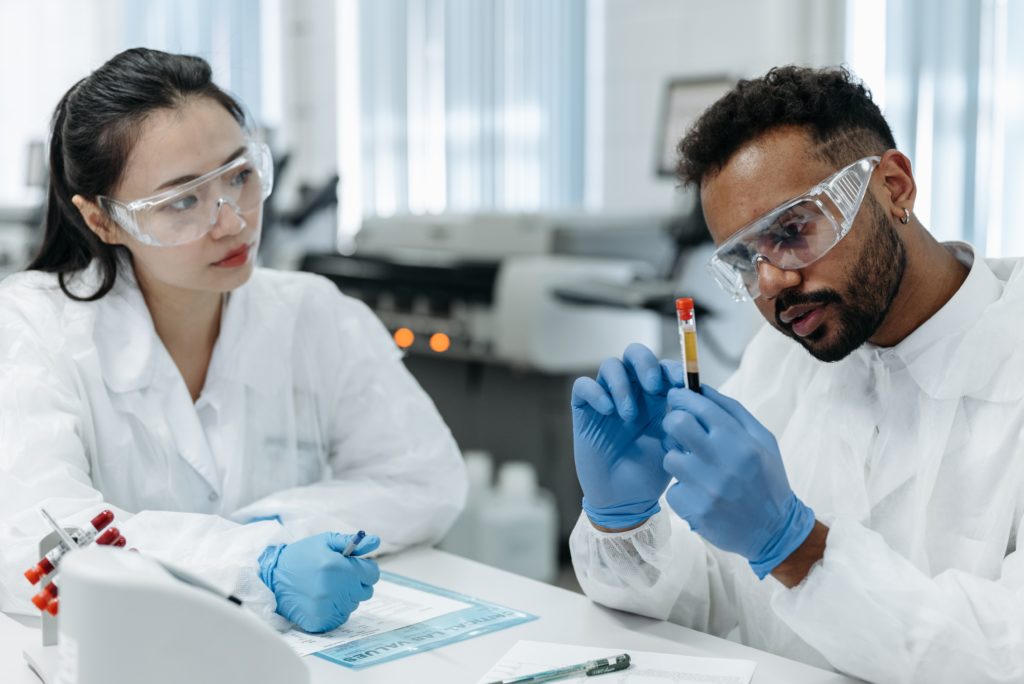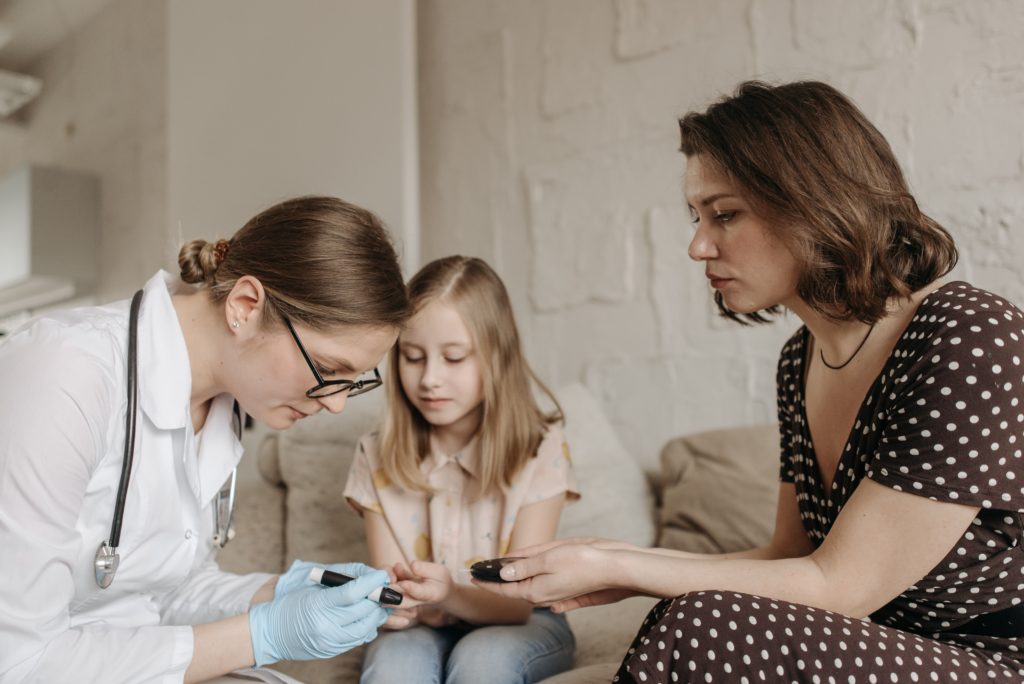Solution
Mission Control was developed in a phased approach, with Phase 1 relying on out-of-the-box software for task management and Phase 2 relying on custom-built software for Spaceflight’s unique workflows. The phased approach enabled faster process improvement and provided user feedback that contributed to a more successful software solution in Phase 2.
“Our primary objective was to simplify the user experience to support the adoption of the tools,” said Alice Watkins, Kopius Technical Project Manager, “In addition to adding features to make the system easier to use, we were ruthlessly focused on streamlining the experience. We improved the ease-of-use, the booking process, and functionality for Mission Control.”
Because Mission Control’s intent is to digitize and streamline processes, understanding those processes was critical to success. As is the case with many fast-moving and young companies, processes had been defined at a high level but had not yet been documented at the level of granularity needed to design and develop the right software solution and user experience.
Kopius conducted dozens of research sessions, bringing designers and engineers together with Spaceflight users to explore processes and user needs. Q & A sessions were insightful and benefited from Kopius participants with strong user experience practices with deep engineering skills. Part of Kopius’ role was to capture ideas that were still forming among the Spaceflight teams and to advise Spaceflight about how to use those ideas to create a better solution. These working sessions revealed the “hidden steps” in Spaceflight’s processes, which are critical to achieving adoption by Mission Managers.
Kopius also conducted user experience research and provided UX design, interface design, software engineering, testing, and QA to Spaceflight. In addition to features that allow Mission Managers to manage customers, create tasks, and easily see what the customer can see, Kopius also built filtering functionality so Mission Managers can easily manage their work and assignments.
In Phase 2, Kopius restructured tasks and workflows, created task management systems, built a notification system that triggers emails when a customer submits a task, improved the user database, and implemented multifactor authentication via text messages to increase security.
Following the release of Phase 2, Kopius collected user feedback for future enhancements and conducted internal training and client onboarding.
“I appreciate that Kopius was good at guiding us through the technical aspects of the project while also always treating us as equals. We felt like engaged and respected partners,” said Tony Frego, vice president of mission management, “Kopius also got to know our business at a detailed level, which is not easy. It’s cool that Kopius can talk about orbits with us now.”








